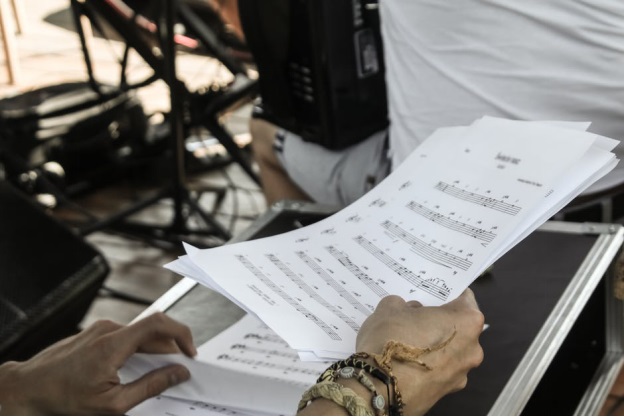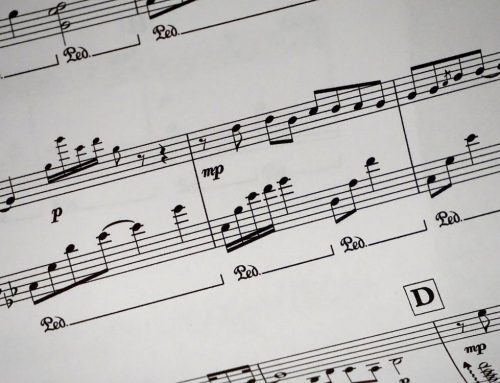Are you passionate about creating music?
Today it’s much easier to create and distribute music on your own. Understand that as an amateur, music you’ve made out of your bedroom is not going to have the production quality of what is played on the radio – that requires thousands of dollars. But there’s no need to be disheartened, everyone from Shawn Mendes to The Weeknd started off creating music in their homes and posting content on platforms like YouTube.
With the Internet, aspiring musicians have a chance at developing a following online without the support of an established production company.
If you’re interested in creating your own music but aren’t sure where to start, this guide will help you.
Step 1: Listen to lots of music
All artists need inspiration so it’s essential that you begin the process by listening to as much music as you can. Don’t just listen to music you like; listen to all kinds of music. You’ll be surprised by the different genres that musicians get inspired by. The more diversity in your playlist, the better it is.
Don’t just listen to songs for the sake of listening; pay attention to all the components of the song and write down what you like and you aren’t fond of.
Step 2: Find a beatmaker/producer
Depending on the kind of artist you want to be, you would likely require a beatmaker. With the increase of music notation software and beat making software in the market, it’s quite easy to find a beatmaker online – you just need to know where to look.

Music websites like Soundcloud and Soundclick are great places to find aspiring producers. Look for producers that have a large following and see if they are interested in partnering. Make sure you’re both clear on how profits will be split. Some producers will just sell the beats directly to you for a price of $75-$100.
Step 3: Write your music
Inspiration can come from anywhere and at any time, so keep a notebook on you all the time to jot down lyrics and melodies. Don’t know how to write music? Use the recorder on your phone.

Step 4: Develop a scratch track
A scratch track is a rough version of your song. Recording, mixing and mastering music isn’t cheap and it requires time. A scratch test gives you a solid foundation to work with and makes recording, mixing and mastering easier.

Use the mp3 format of your beat and begin making your song using a digital audio workstation or a music notation software (depending on the kind of music you’re making).
Step 5: Get feedback
Leading musicians ask for feedback all the time – you will need it too. Send your work to others who are passionate about music, people who like music of your genre and to those that hate music of your genre. Develop a thick skin and be prepared to receive all kinds of feedback.
Based on the feedback, write down what changes need to made and develop a new scratch test.
Some aspiring musicians do their best on the scratch test and make it available for the public. Others who’re more serious about making a living out of it and have a little more cash to spend proceed to finding a mixing engineer and a recording studio.
Once the song has been recorded it can be passed on to a mastering engineering who further polish your music and beats to ensure that it sounds good on all devices. After getting a Creative Commons copyright license on your music, you can then release it to the public.
Music Jotter is a music notation software that can be used to develop and share sheet music online. If you love the sounds of the keyboard and want to build a song around a keyboard track then Music Jotter is the music notation software for you!
Check out all the features our software offers and download the demo today!






